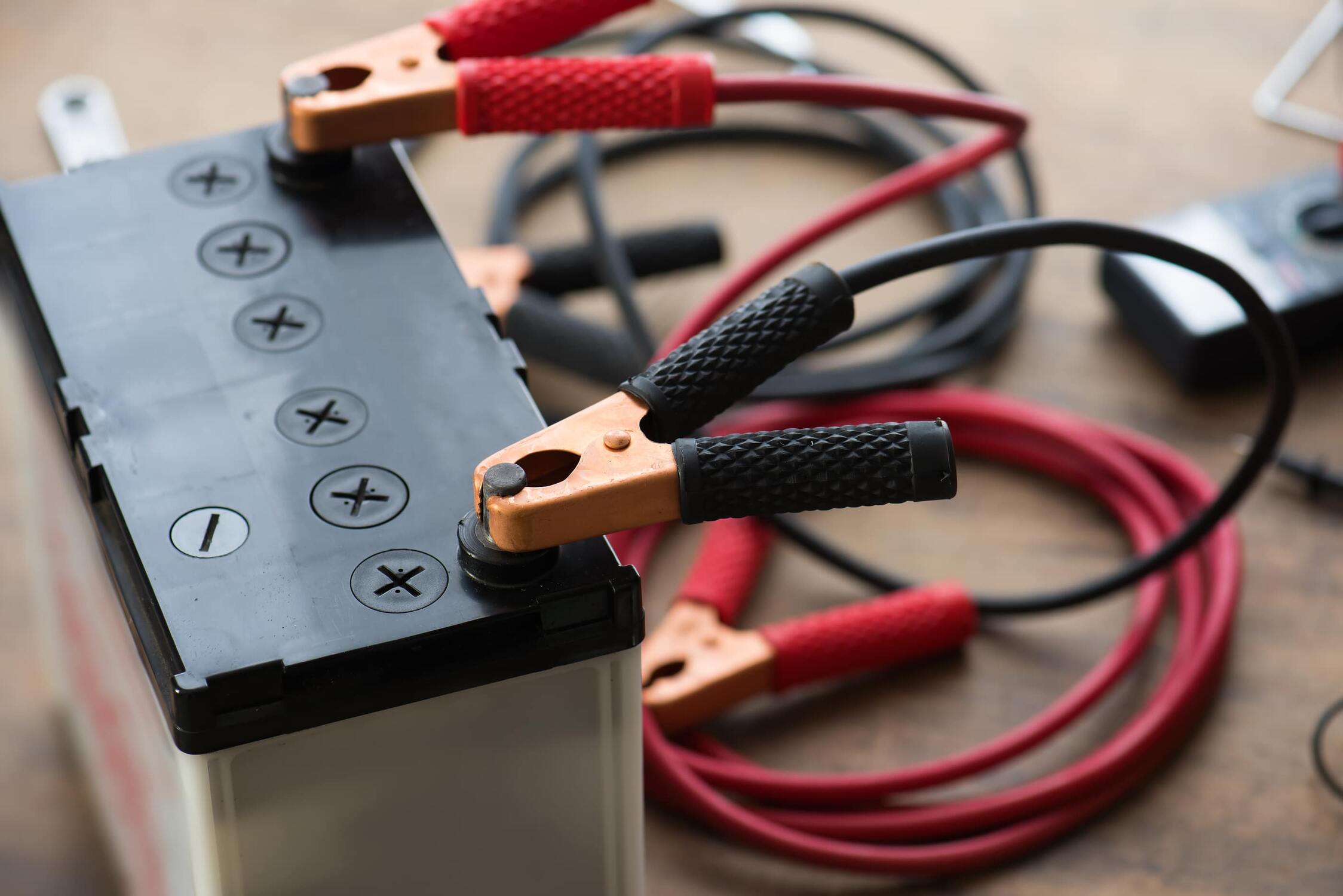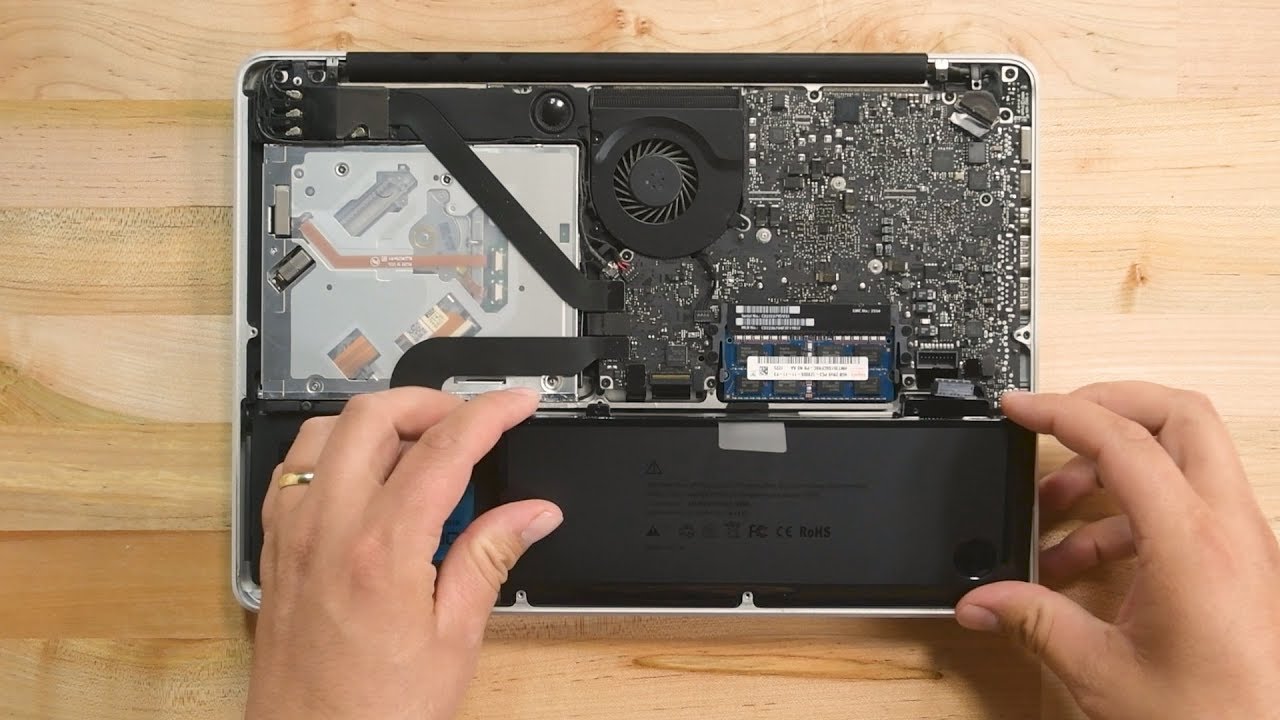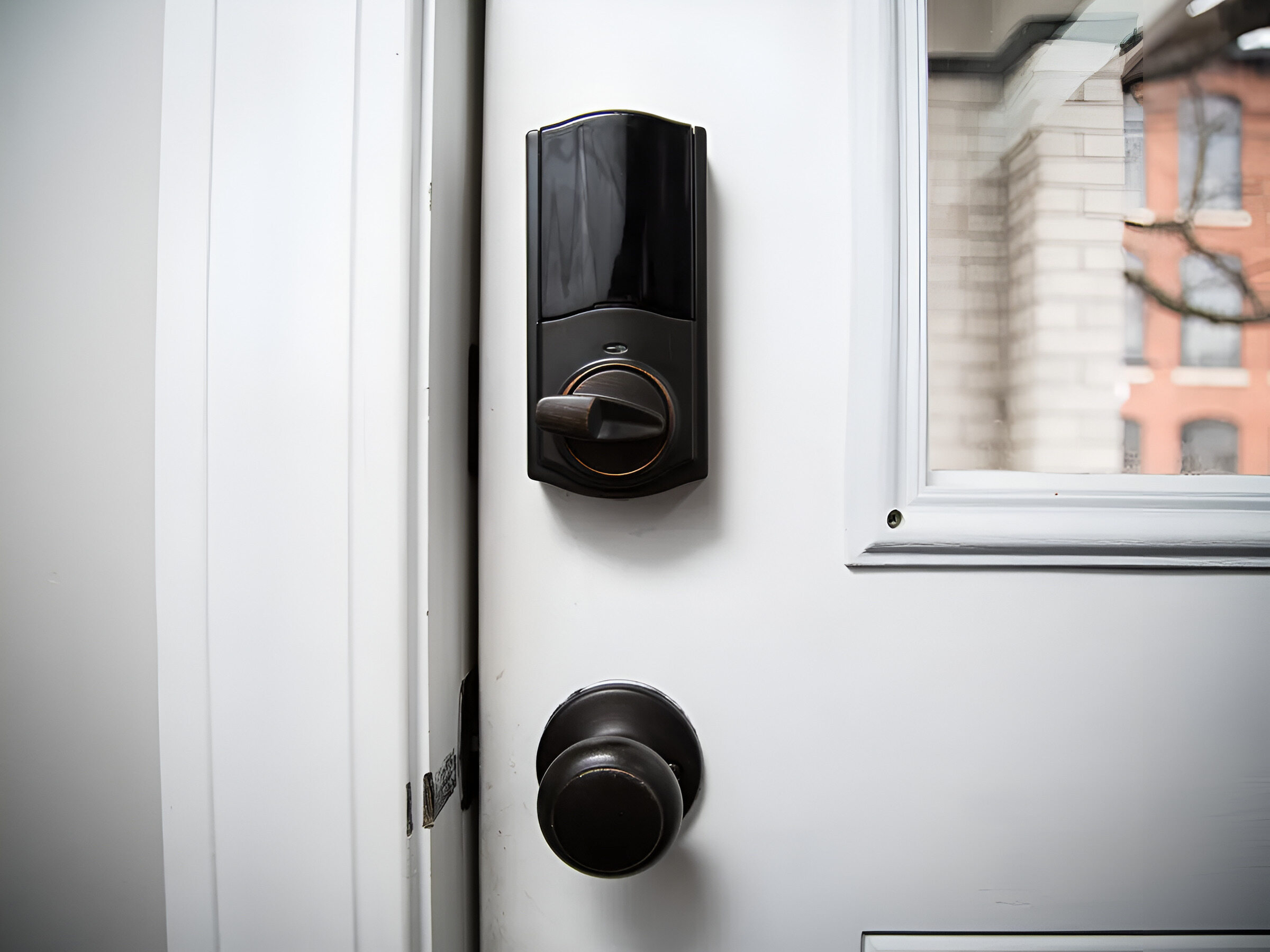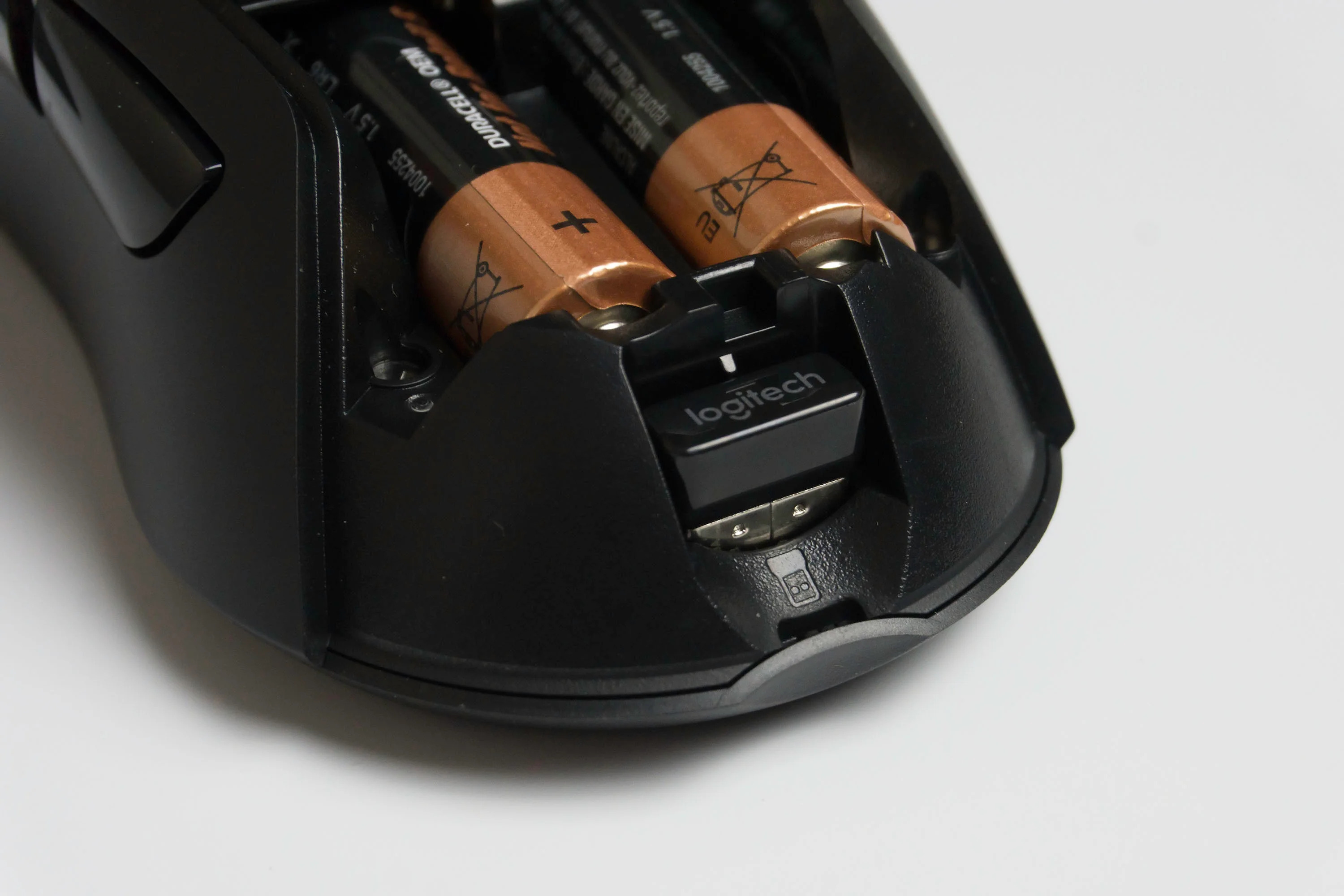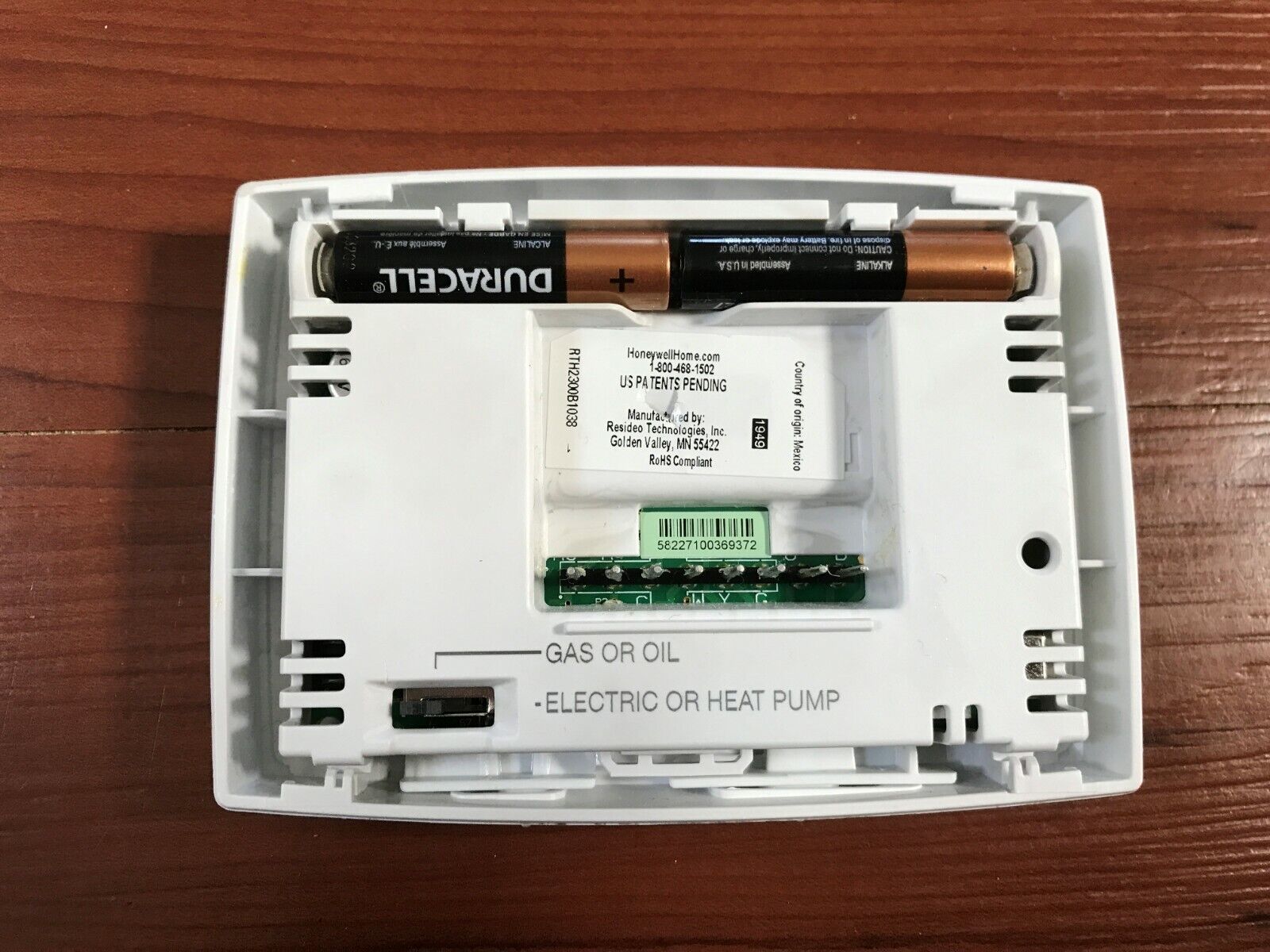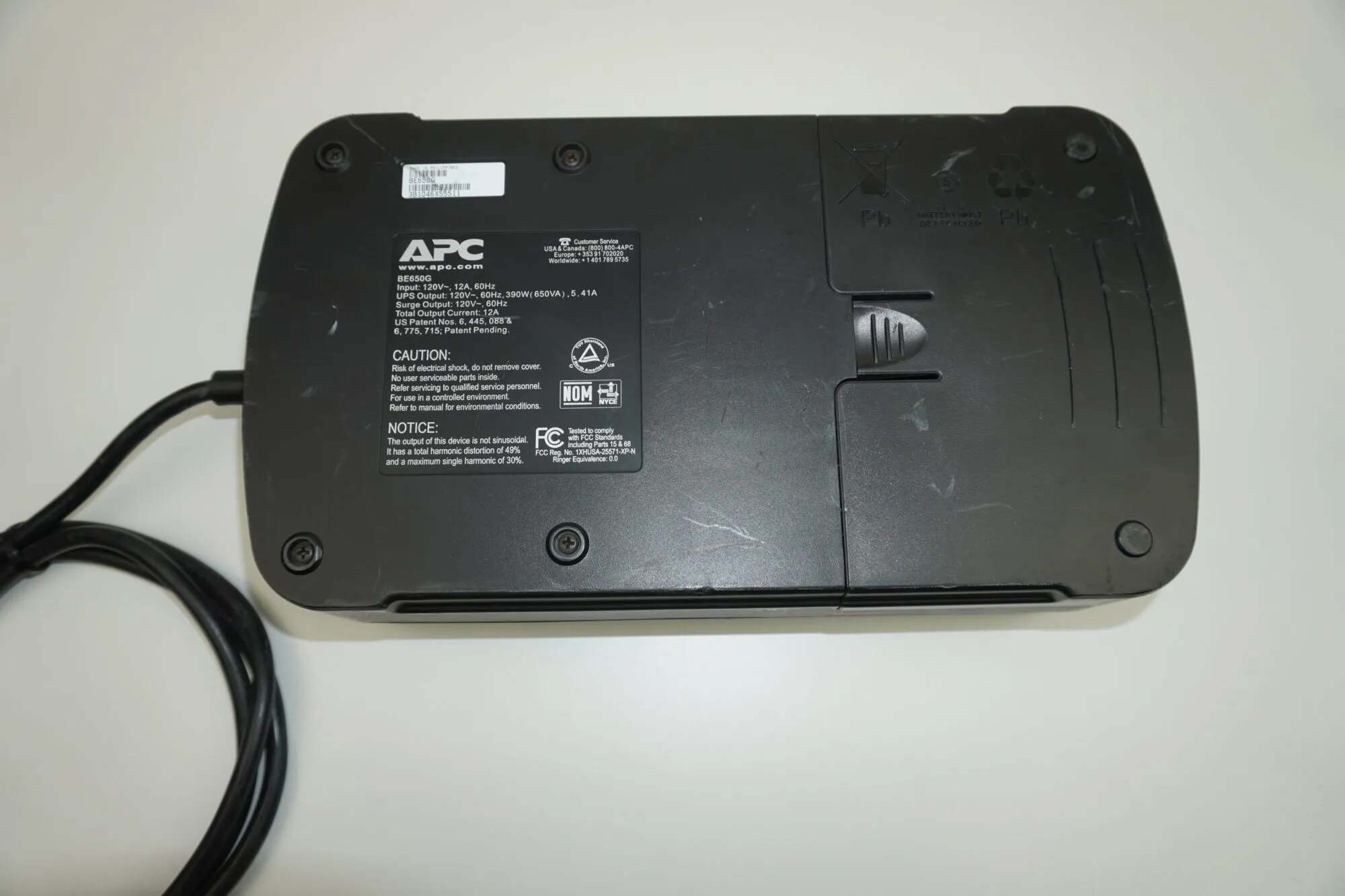Introduction
A UPS (Uninterruptible Power Supply) is an essential device that protects your electronic equipment from power fluctuations and outages. It provides a backup power source to keep your devices running smoothly and protects them from potential damage. While UPS systems are designed to last for many years, the battery that powers them will eventually degrade and need replacement.
In this article, we will discuss the signs of a failing UPS battery, the lifespan of a UPS battery, the factors that can affect its longevity, and when to replace it. We will also provide you with step-by-step instructions on how to properly replace a UPS battery and common mistakes to avoid during the replacement process.
Knowing when to replace your UPS battery is crucial as it ensures that your devices remain protected during power outages. Ignoring a failing battery can lead to unexpected power failures and potential damage to your electronics.
By being proactive and understanding the signs of a failing UPS battery and the best practices for replacement, you can ensure the continuous operation of your electronic equipment.
Signs of a Failing UPS Battery
A failing UPS battery can put your electronic devices at risk during power outages. To avoid unexpected downtime and potential damage, it is important to be aware of the warning signs that indicate a failing UPS battery. Here are some common signs to watch out for:
- Shorter Runtime: One of the early signs of a failing UPS battery is a significant reduction in runtime. If you notice that your UPS is running out of battery power much quicker than before, it may be a sign that the battery is deteriorating.
- Audible Alarms: Most UPS systems are equipped with audible alarms that indicate a low battery. If the alarm starts to sound more frequently or persists even after charging the battery, it suggests that the battery is no longer holding a charge effectively.
- Physical Damage: Inspect the UPS battery for any visible physical damage such as swelling, leakage, or corrosion. These signs indicate a battery that is near the end of its lifespan and needs to be replaced.
- Inconsistent Performance: A failing UPS battery may cause erratic behavior in your electronic devices. You might experience sudden power loss, unexpected shutdowns, or devices not operating at their full capacity. If these issues persist, it could be a result of a failing battery.
- Aging Battery: It is essential to keep track of the age of your UPS battery. Most UPS batteries have a lifespan of three to five years. If your battery is approaching or has surpassed this range, it is considered old and could be contributing to power-related issues.
If you encounter any of these warning signs, it is recommended to address the issue promptly. Doing so will help maintain the reliability and functionality of your UPS system and prevent potential damage to your electronic equipment.
Lifespan of a UPS Battery
The lifespan of a UPS battery can vary depending on several factors. On average, a UPS battery can last between three to five years. However, this estimate can be influenced by various factors.
One of the main factors affecting UPS battery lifespan is the type of battery chemistry. The most common types of UPS batteries are Valve Regulated Lead Acid (VRLA) batteries, which are further divided into Absorbent Glass Mat (AGM) and Gel batteries. AGM batteries typically have a shorter lifespan of three to five years, while Gel batteries can last for up to five years or longer.
Another factor that affects UPS battery lifespan is the operating conditions. UPS batteries should ideally be kept in a cool and dry environment. Exposure to high temperatures can accelerate the aging process and shorten the lifespan of the battery. Additionally, frequent power outages and deep discharges can also impact the longevity of the battery.
The pattern of usage also plays a role in the lifespan of a UPS battery. If the UPS is constantly running on battery power due to frequent power outages or if it is consistently operating at high loads, the battery may experience more strain and have a shorter lifespan as a result.
Regular maintenance and care can also help extend the lifespan of a UPS battery. This includes keeping the battery terminals clean, ensuring proper ventilation for cooling, and conducting periodic inspections for signs of damage or deterioration.
It is important to note that the estimated lifespan of a UPS battery is not a guarantee, and individual batteries may deviate from the average. Monitoring the health of the battery and conducting routine tests, such as battery capacity checks, can provide insights into the condition and remaining lifespan of the battery.
Understanding the expected lifespan of a UPS battery can help you plan for its replacement in a timely manner and ensure that your electronic devices are protected from power-related issues.
Factors Affecting UPS Battery Life
The lifespan of a UPS battery can be influenced by several factors. Understanding these factors can help you take proactive measures to prolong the life of your UPS battery and ensure its reliable performance. Here are some key factors that can affect UPS battery life:
- Temperature: High temperature is one of the primary factors that can significantly impact the lifespan of a UPS battery. Exposing the battery to excessive heat can accelerate chemical reactions and cause the battery to deteriorate more quickly. It is important to keep the battery in a cool environment to ensure optimal performance and longevity.
- Load: The load placed on a UPS battery can also affect its lifespan. Running the UPS at or near its maximum capacity for extended periods can cause the battery to degrade more rapidly. It is advisable to avoid overloading the UPS and distribute the load across multiple devices or UPS units if necessary.
- Discharge Depth: The depth of discharge, which refers to the amount of capacity used from a fully charged battery, can impact its lifespan. Deeper discharges, where the battery is consistently drained to lower levels, can shorten the battery’s overall life. It is recommended to avoid frequent deep discharges and ensure the battery is regularly recharged.
- Maintenance: Regular maintenance practices can contribute to the longevity of a UPS battery. Properly maintaining the battery by keeping it clean, checking for signs of corrosion, and ensuring good battery connections can help prolong its life. Additionally, following the manufacturer’s guidelines for maintenance and replacement intervals is crucial.
- Battery Chemistry: Different types of UPS batteries have different chemistries, and each chemistry can have varying lifespans. For example, Valve Regulated Lead Acid (VRLA) batteries commonly used in UPS systems have a typical lifespan of three to five years. Understanding the specific properties and lifespan of the battery chemistry used in your UPS can assist you in managing and maintaining the battery effectively.
- Environmental Factors: UPS batteries are sensitive to environmental conditions. Factors such as humidity, dust, and exposure to corrosive substances can impact the battery’s overall performance and lifespan. It is crucial to place the UPS in a clean and well-ventilated environment to minimize the negative effects of these factors.
By considering these factors and implementing appropriate measures, you can help maximize the lifespan of your UPS battery and ensure the reliable operation of your backup power system.
When to Replace a UPS Battery
Replacing a UPS battery at the right time is crucial to ensure the continued protection of your electronic devices. While the lifespan of a UPS battery can vary, there are some common indicators that it needs to be replaced. Here are the signs that indicate it’s time to replace your UPS battery:
- Age: As mentioned earlier, most UPS batteries have a lifespan of three to five years. If your battery is approaching or has exceeded this timeframe, it is advisable to replace it as a preventive measure.
- Failed Self-Test: UPS systems often perform regular self-tests to check the battery’s health and functionality. If the self-test fails or indicates that the battery is weak, it is a clear indication that the battery needs to be replaced.
- Reduced Runtime: If you notice a significant decrease in the runtime of your UPS, it is a sign that the battery is no longer holding a charge effectively. This can put your devices at risk when there is a power outage. It’s important to replace the battery to ensure sufficient backup power.
- Audible Alarms: The UPS may produce audible alarms to alert you of a battery-related issue. If the alarm persists even after charging the battery or if it sounds more frequently, it indicates that the battery needs to be replaced.
- Physical Damage: Physical damage to the UPS battery, such as swelling, leakage, or corrosion, is a clear indication of battery failure. In such cases, immediate replacement is necessary to prevent any further damage or safety hazards.
- Past Failures: If the UPS battery has previously experienced failures or issues, it is more likely that it will fail again. It’s best to replace the battery to avoid any unexpected power failures that could result in damage to your equipment.
It is essential to follow the manufacturer’s guidelines regarding battery replacement intervals and recommendations specific to your UPS model. Additionally, regular monitoring of battery health through capacity checks and self-tests can help identify the need for replacement before a critical failure occurs.
By replacing the UPS battery at the right time, you can maintain the reliability and functionality of your UPS system and ensure the continuous protection of your electronic devices.
Steps to Replace a UPS Battery
Replacing a UPS battery may seem like a daunting task, but with proper guidance, it can be a straightforward process. Following these steps will help you safely and effectively replace your UPS battery:
- Prepare: Turn off and unplug the UPS from the power source. Ensure that you have a new battery that is compatible with your UPS model. Read the manufacturer’s instructions for any specific guidance.
- Access the Battery Compartment: Depending on your UPS model, you may need to remove screws or release latches to access the battery compartment. Use the appropriate tools and be cautious of any sharp edges.
- Disconnect the Old Battery: Carefully detach the connectors from the old battery terminals. Take note of the placement and orientation of the connectors for reinstallation later. Follow the manufacturer’s instructions for the proper way to disconnect the battery.
- Remove the Old Battery: Lift the old battery out of the UPS. Take necessary precautions as the battery may be heavy. Place it in a suitable container for proper disposal according to local regulations as UPS batteries contain hazardous materials.
- Prepare the New Battery: Ensure that the new battery is fully charged before installation. Remove any protective covers or packaging materials. Verify that the new battery corresponds to your UPS model and matches the connectors of the previous battery.
- Install the New Battery: Carefully place the new battery in the UPS, making sure it is properly aligned with the connectors. Connect the terminals and ensure a secure and tight connection. Follow any specific instructions provided by the manufacturer.
- Secure the Battery Compartment: Close and secure the battery compartment as per the manufacturer’s instructions. Ensure that all screws or latches are tightened properly to maintain the integrity of the UPS enclosure.
- Perform a Test: Reconnect the UPS to the power source and turn it on. Follow the manufacturer’s instructions on how to initiate a battery test or self-test to ensure that the new battery is functioning correctly.
- Monitor and Maintain: Regularly monitor the health and performance of the new battery, particularly during self-tests or capacity checks. Follow the manufacturer’s guidelines for maintenance and replacement intervals to ensure the continued reliability of your UPS system.
It is important to refer to the manufacturer’s instructions for your specific UPS model and battery type, as the process may vary slightly. If you are unsure or uncomfortable with the process, consult a professional technician to perform the battery replacement.
By following these steps and taking necessary precautions, you can replace your UPS battery effectively and ensure the uninterrupted protection of your electronic equipment.
Common Mistakes when Replacing a UPS Battery
Replacing a UPS battery is a critical task that requires careful attention to detail. While the process may seem straightforward, there are common mistakes that people often make when replacing a UPS battery. Being aware of these mistakes can help you avoid potential issues and ensure a successful battery replacement. Here are some common mistakes to watch out for:
- Not Following Manufacturer’s Guidelines: One of the biggest mistakes is not following the specific instructions provided by the UPS manufacturer. Each UPS model may have unique requirements and precautions for replacing the battery. Failure to adhere to these guidelines can result in improper installation or damage to the UPS.
- Inadequate Battery Testing: Before replacing the battery, it is essential to confirm that the old battery is indeed faulty. Simply assuming that the battery needs replacement without proper testing can lead to unnecessary costs and potentially overlook other issues causing UPS failure.
- Incorrect Battery Compatibility: Using an incompatible battery can have serious consequences on the performance and safety of the UPS. It is crucial to verify the compatibility of the replacement battery with your specific UPS model, including the type, voltage, and capacity.
- Poor Battery Connection: Incorrectly connecting the battery terminals can lead to poor electrical contact, which can impact the performance and lifespan of the battery. It is important to ensure that the connections are secure, tight, and properly aligned with the terminals.
- Disregarding Safety Precautions: UPS batteries contain hazardous materials and should be handled with care. Failing to use appropriate safety gear, such as gloves and goggles, or not following proper disposal procedures can pose risks to your health and the environment.
- Ignoring Battery Maintenance: Even after replacing the battery, it is important to continue monitoring its health and performing regular maintenance. Neglecting routine maintenance tasks, such as cleaning battery terminals and conducting capacity checks, can lead to premature battery failure and unexpected downtime.
- Not Testing the UPS System: After replacing the battery, it is crucial to perform a thorough test of the entire UPS system. This includes testing the UPS’s functionality, as well as its ability to provide backup power during an outage. Omitting this step can result in undetected issues that may compromise the effectiveness of the UPS.
By avoiding these common mistakes and following the appropriate guidelines, you can ensure a successful battery replacement that maximizes the performance and longevity of your UPS system.
Conclusion
Understanding when and how to replace a UPS battery is essential for maintaining the reliability and functionality of your backup power system. By being aware of the signs of a failing battery, the factors that can affect its lifespan, and the common mistakes to avoid during the replacement process, you can ensure the continuous protection of your electronic devices.
When you notice signs of a failing UPS battery such as reduced runtime, audible alarms, or physical damage, it is crucial to address the issue promptly. Additionally, considering the age of the battery and following the manufacturer’s guidelines for maintenance and replacement intervals are important factors to keep in mind.
When replacing a UPS battery, it is essential to follow the manufacturer’s instructions, perform proper testing, ensure compatibility with your UPS model, and take necessary safety precautions. By doing so, you can avoid common mistakes such as improper installation, incorrect battery selection, or inadequate maintenance.
Regular monitoring of UPS battery health, conducting tests, and adhering to maintenance practices will help maximize the lifespan of the battery and ensure its reliable performance. By taking proactive measures and replacing the UPS battery at the appropriate time, you can protect your electronic devices during power outages and prevent unexpected downtime or potential damage.
Remember, if you are unsure or uncomfortable with the battery replacement process, it is best to consult a professional technician to ensure a proper and safe replacement.
With proper care and timely replacements, your UPS battery will continue to provide the necessary backup power to safeguard your electronic equipment and provide peace of mind in the event of a power disruption.







